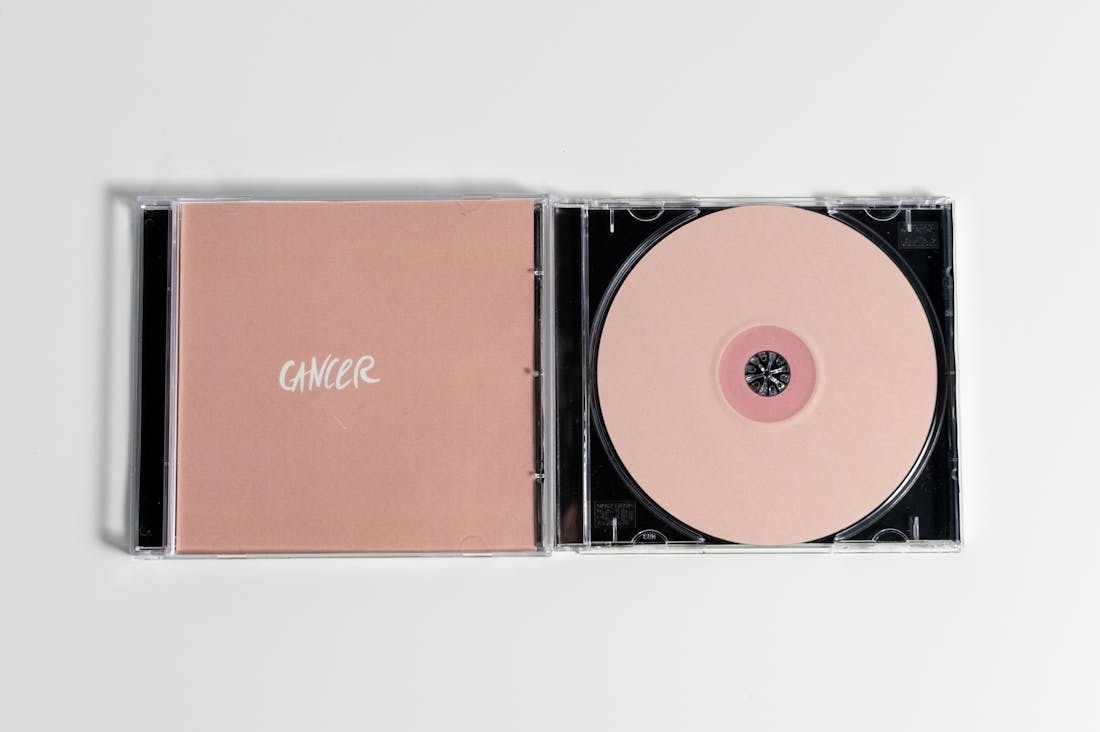In today’s tech-saturated world, the constant influx of notifications and digital distractions can overwhelm our mental well-being. "The Essential Guide to Balancing Mental Health and Digital Detox" offers a comprehensive roadmap for navigating this complex landscape. By blending practical strategies with insightful perspectives, this guide empowers readers to reclaim their peace, foster mindfulness, and establish healthier relationships with technology. Dive into a journey of self-discovery, where you’ll learn to harmonize your digital habits with your mental health needs, enabling a more balanced and fulfilling life amid the digital chaos.

Understanding the Impact of Technology on Mental Health
Understanding the impact of technology on mental health is crucial in today’s digital age, where our lives are increasingly intertwined with screens and devices. While technology offers numerous benefits, such as improved communication and access to resources, it also poses significant challenges. Social media platforms can amplify feelings of inadequacy and anxiety through comparison, often leading to negative self-esteem and isolation. Conversely, technology can also provide support through mental health apps and online therapy, fostering a sense of community for those who may feel alone. Thus, fostering a balanced relationship with technology is essential to harness its benefits while mitigating its potential harms on mental well-being.

Steps to Implement a Digital Detox
Implementing a digital detox involves a series of intentional steps aimed at reducing screen time and fostering real-world connections. Begin by assessing your current digital habits and identifying which devices or platforms consume the most time. Set clear objectives for your detox, whether it’s to limit social media use or reduce overall screen time. Next, establish specific timeframes for your detox, such as a weekend or a week-long challenge. Inform friends and family about your plan to encourage accountability. Replace digital activities with offline alternatives like reading, exercising, or engaging in hobbies. Finally, reflect on your experiences to understand how the detox impacts your well-being and relationships, allowing for adjustments in the future to create a healthier balance with technology.

Benefits of Reducing Screen Time
Reducing screen time offers numerous benefits that can significantly enhance overall well-being. Firstly, it can improve mental health by decreasing feelings of anxiety and depression often linked to excessive social media use and digital distractions. By limiting screen exposure, individuals are more likely to engage in face-to-face interactions, leading to stronger relationships and social connections. Furthermore, reduced screen time supports better sleep patterns, as the blue light emitted by screens can disrupt circadian rhythms. It also encourages physical activity, as less time spent on devices often translates to more time for outdoor activities and exercise. Lastly, cutting down on screens can boost productivity and creativity, allowing individuals to focus on hobbies and interests that bring them joy and fulfillment.
AI-Assisted Content Disclaimer
This article was created with AI assistance and reviewed by a human for accuracy and clarity.